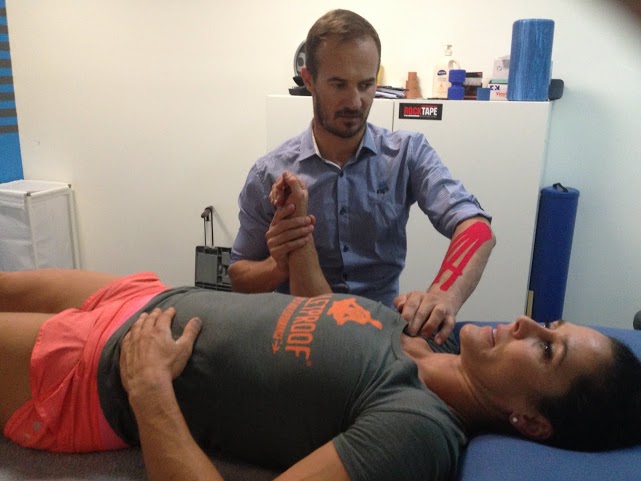
Good old Lateral Epicondylitis – Tennis Elbow. The common elbow complaint that can cripple athletes, or anyone that needs to grip something like a barbell, tennis racquet or even coffee cup!
If you’ve got it, you know that this seriously annoying condition that can take 6-12 weeks to become symptomatic, or at least painful enough for you to act on it (hint- don’t wait until you can’t pick up a coffee cup or squeeze the shampoo bottle).
It can then take 6-12 weeks to heal and recover. During which there is a period of weeks of no gripping anything! The injury generally comes on through the overload of the extensor carpi radialis brevis (ECRB) at its attachment point on the radial head of the forearm (little muscle ‘the b-team’ that attaches to the outside of the elbow – where it hurts).
Commonly, this little muscle is put into a position of biomechanical overload due to increased tension and shortening of the pronator teres muscle. From things like typing all day on a computer keyboard, overhand gripping, high rep bar muscle ups with a weight vest, etc. The tendon becomes inflamed and may even have micro-tears in the tendon. Or in a worst case, pull some of the bone away at its attachment – an avulsion fracture. Painful!
I carried the injury when competing in the States at the OC Throwdown and WODapalooza Fitness Festival in January 2014. I didn’t tell anyone about the injury. It wasn’t debilitating, but I was very careful about how I carried my bags and how I held things. In fact day to day activities were worse than CrossFitting. So I soldiered on. But the aching was there at night, and it didn’t go away with time. In fact, it got worse, ignoring it didn’t work. Picking up a plate or squeezing the shampoo bottle hurt. I began to pay attention and become a little concerned.
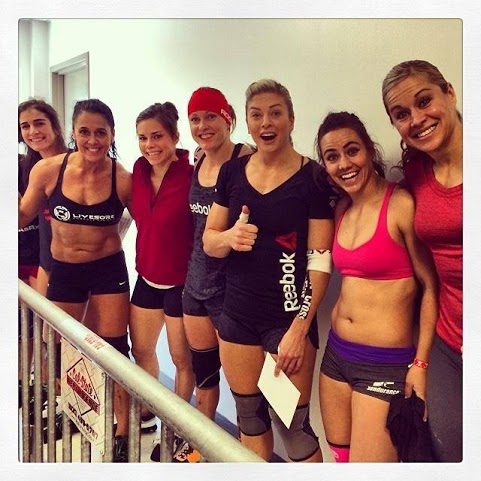 I didn’t seek treatment until 4-5 weeks after my injury occurred. My injury didn’t come on slowly, it came on after doing a single gymnastics strength session with a weight vest. I got carried away and stupidly overdid what was required of me, by quite a lot! I forget that I am human sometimes, which can have it’s upsides and it’s downsides.
I didn’t seek treatment until 4-5 weeks after my injury occurred. My injury didn’t come on slowly, it came on after doing a single gymnastics strength session with a weight vest. I got carried away and stupidly overdid what was required of me, by quite a lot! I forget that I am human sometimes, which can have it’s upsides and it’s downsides.
I’d never had this injury before, so when it became apparent that it was ‘a thing’ that actually needed respect and attention I went to my body-whispering physio James McEwan at Adelaide Advanced Physiotherapy, and admitted to the pain. That’s when I committed to getting it sorted. No matter what. He advised rest, 1-2 weeks of no gripping – ANYTHING! That was a tough pill to swallow.
The hardest part of that battle was the mental one. I was devastated. Suddenly I was talking to Dr Google, asking my Facebook friends for advice and talking to all sorts of people about this extremely common and much dreaded condition Tennis Elbow. Suddenly everyone I met seemed to have Tennis Elbow! Worst part about that line of inquiry was that just about everyone said it took forever to heal, or that it never healed, that the problem plagued them for years, or for five years, with little or no response to rest.
That sent me into a tailspin. I was horrified that I would lose all the work I’d done to get my gymnastics skills and Olympic lifting skills up to a higher standard. Regionals was less than three months away, I didn’t have 6-12 weeks to lose on resting my grip! But I trusted my physio and rested my grip, no skipping, handstand work, no Oly lifting, nothing for two weeks. Instead, there was a lot of running and squatting. And I mean a lot!
I knew from personal experience that even the worst injuries heal given the appropriate conditions. Since starting CrossFit I’ve managed to get through a hip fracture, torn rib joint, torn achilles (twice) and patella tendinitis. But at the point of diagnosis and prescription of ‘rest’ I was in a world of self-created misery and negativity. It brewed up a hell of a storm, carried me along and told me such lies, such tales of doom and gloom – that I wouldn’t heal, that my regionals and Games campaign was lost. The mind can be a powerful friend or powerful enemy.
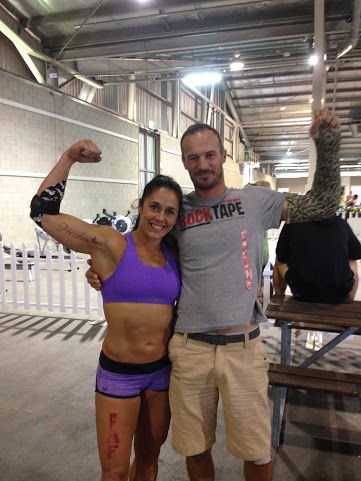
All I could do was to keep telling myself that this too will heal. Even if I wasn’t convinced that I believed myself. I had to talk the talk and act as if, all I wanted to do was cry. Instead I focussed my energy and training 100% on doing what I could do with the rest of my working body parts!
To be honest it was as hard as hell and I find it hard to recall a time I’ve been so demotivated. I just went through the motions and kept going through the motions. At these times I really rely on my coach, my close friends and training buddies, even if they don’t know it.
I did what my physio advised. Total rest from gripping for two weeks. I wore an arm band specifically designed for tennis elbow, it took pressure off of the insertion point, so gave me welcome relief. I wore it all day every day, like a security blanket, taking it off only for sleep. James ‘Rocktaped’ my arm (with the flying skull patterned tape!). I began a flossing protocol – three times a week. Strapping in turn the shoulder, upper arm, elbow and forearm, it was painful beyond belief, but the relief and benefits were instant.
The musculature around my shoulder blades, skaleens and lats were overly tight, so I worked with a roller and ball to get into and release the tightness in these areas. My thoracic spine was also overly tight, so that got a regular working over too. I did a couple of simple prescribed rehab exercises to get my right shoulder blade firing properly again. None of this work was particularly enjoyable, in fact it was some of the most excruciating pain I’ve ever had to deal with. I had my massage therapist Lucas Chick strip my biceps, triceps, forearms and shoulders twice a week too. Every night I applied CrossFIXE Muscle Paste to my elbow and tricep.
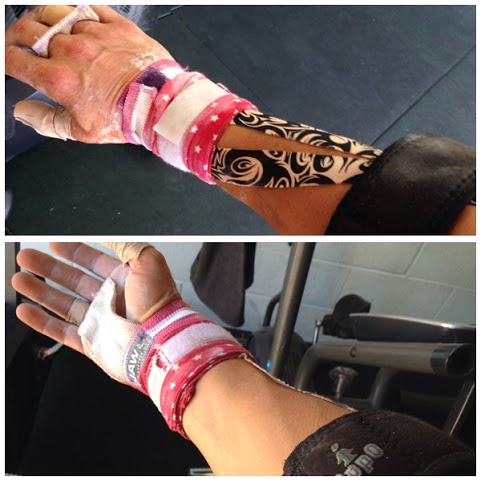
I was also extra careful to get more than adequate sleep (8-9 hours per night). I kept up my magnesium, Vitamin C, fish oil and other supplements. Kept my stress to a minimum (it’s catabolic, stressing about my injury was stressful. I tried to keep that under control with varying success). And I stayed well hydrated and was careful not to start smashing coffee to make me feel better.
I also told myself and anyone that asked that I was a ‘healing machine’ and that I had a ‘bionic arm’, not an injury that never heals! It’s critical to choose your words carefully, the mind is listening and will do as it is told. If it hears woeful stories it will deliver woeful results.
I would have incorporated dry needling if I could handle it. But past experience has shown me that needles and I don’t make the best of friends. It is highly recommended for Tennis Elbow though and if I could have added it to my recovery protocol I definitely would have.
Many people who do not heal from Tennis Elbow carry too much stress, aren’t well hydrated. They don’t get enough sleep, ignore the pain, use anti inflammatories, don’t floss, don’t address the compensatory movement patterns and imbalances…the list goes on. It’s so easy to push on in denial, thinking you’re being strong and tough. With Tennis Elbow (and most injuries) this strategy is fraught with failure and frustration.
At Adelaide Advanced Physiotherapy James looked at my body holistically – as it should be. He used video footage to help look at my global movement patterns, to help understand how and why my injury occurred (apart from my own stupidity). He has a rig and lifting platform in the practice.
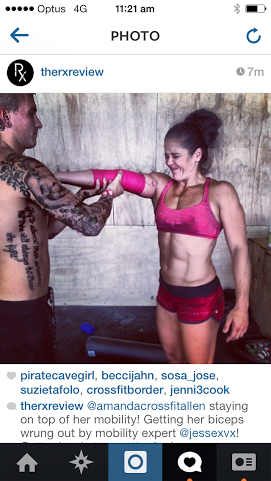
I asked James to write some notes that I could share about how he treated me and my tennis elbow:
“Amanda had been working through the elbow issue for a while, keeping it secret. Before we could treat the painful site, there were many compensatory issues that needed to be cleared. The manual therapy techniques used are mostly Strain-Counterstrain which work by shortening the facilitated tissue (muscle, tendon, nerve, etc) into a position of neutral afferent neural feedback. Go to www.jiscs.com to learn more.
Treatment focused on the structures that had become pathological, the ECRB insertion, and those that were compensatory. We began with the neck and thoracic cage, especially around the upper ribs and the thoracic outlet. The right upper limb needed to improve blood flow and reduce the neural stimulus. We looked at trunk compensatory issues like left Quadratus Lumborum over recruitment, left quadriceps, right pec minor, right triceps and biceps. Plus lots of attention to Pronator teres.
Rocktape was used to facilitate fluid flow into the forearm and help off load ECRB. A tennis elbow brace was also worn during training to offload the tendon insertion of ECRB.We avoided aggravating exercises for two weeks and slowly reintroduced exercises back into training regime, plus some eccentric wrist extensor exercises.
Amanda still has some Sx and pain score 1-2/10 but can compete and train fully now. With ongoing management and regular tweaks to allow the ECRB to heal and regain strength and function, Amada will have a great Open series in 2014 without fear of re-injury, in fact, with continued healing.”
My pain is about 1-2/10 now. It was 6-8/10 before treatment. That is a huge improvement, particularly as I have been back to full training for four weeks now.
Don’t buy into the belief that Tennis Elbow has to last for years. Do not leave it untreated. Don’t wear yourself down so that your body is in a catabolic state of inflammation and breakdown. My physio James is definitely a body whisperer, but without my total commitment to my recovery, health and wellbeing for the other 167 hours of each week, my healing is simply not going to happen.
You have to actively participate in your healing or it’s not going to happen, no matter how good your physio!

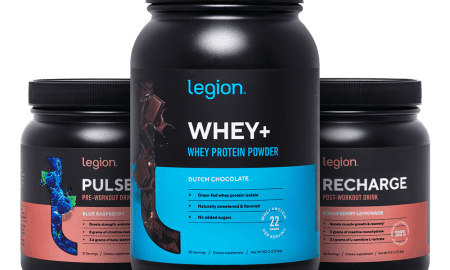
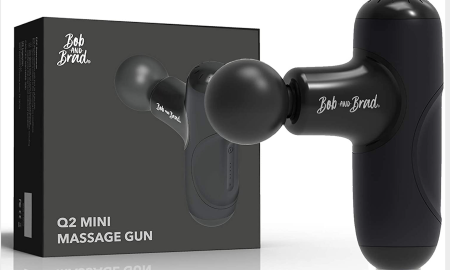
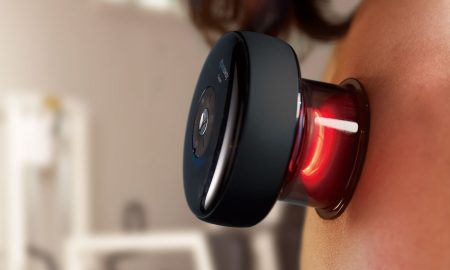
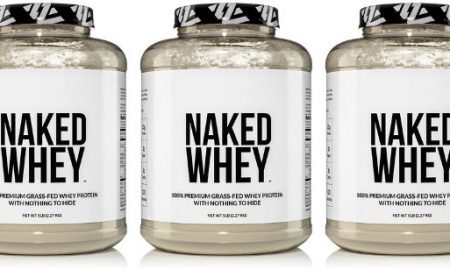
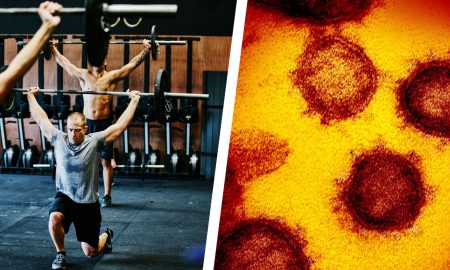
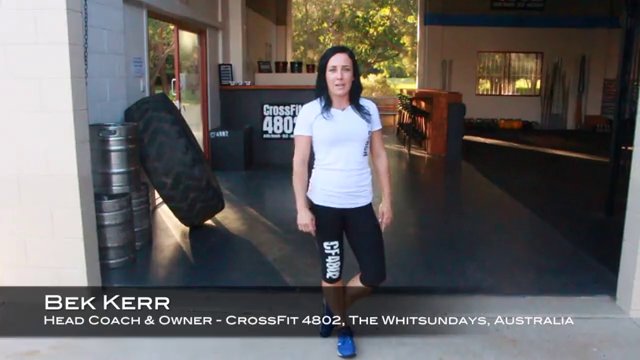
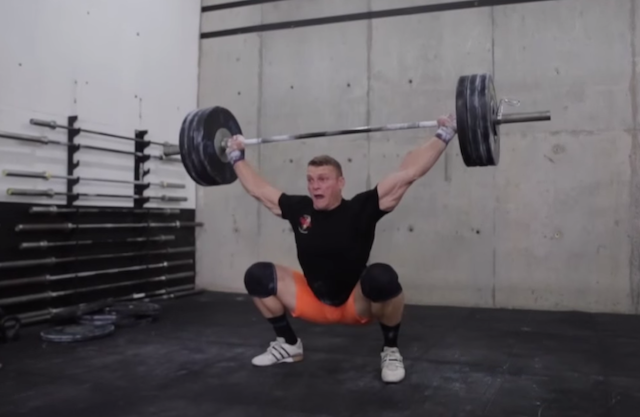

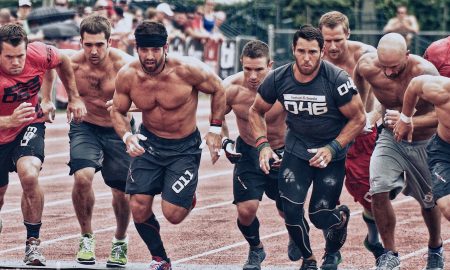
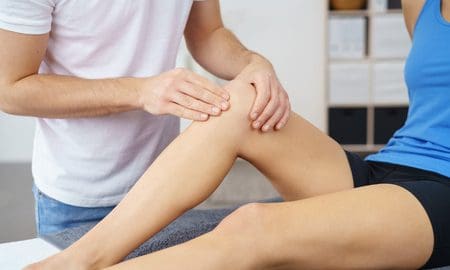

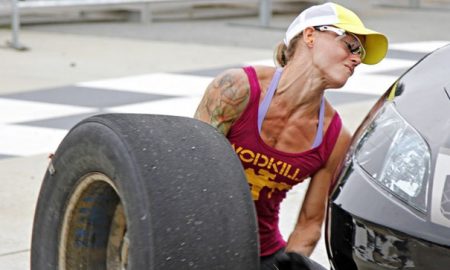
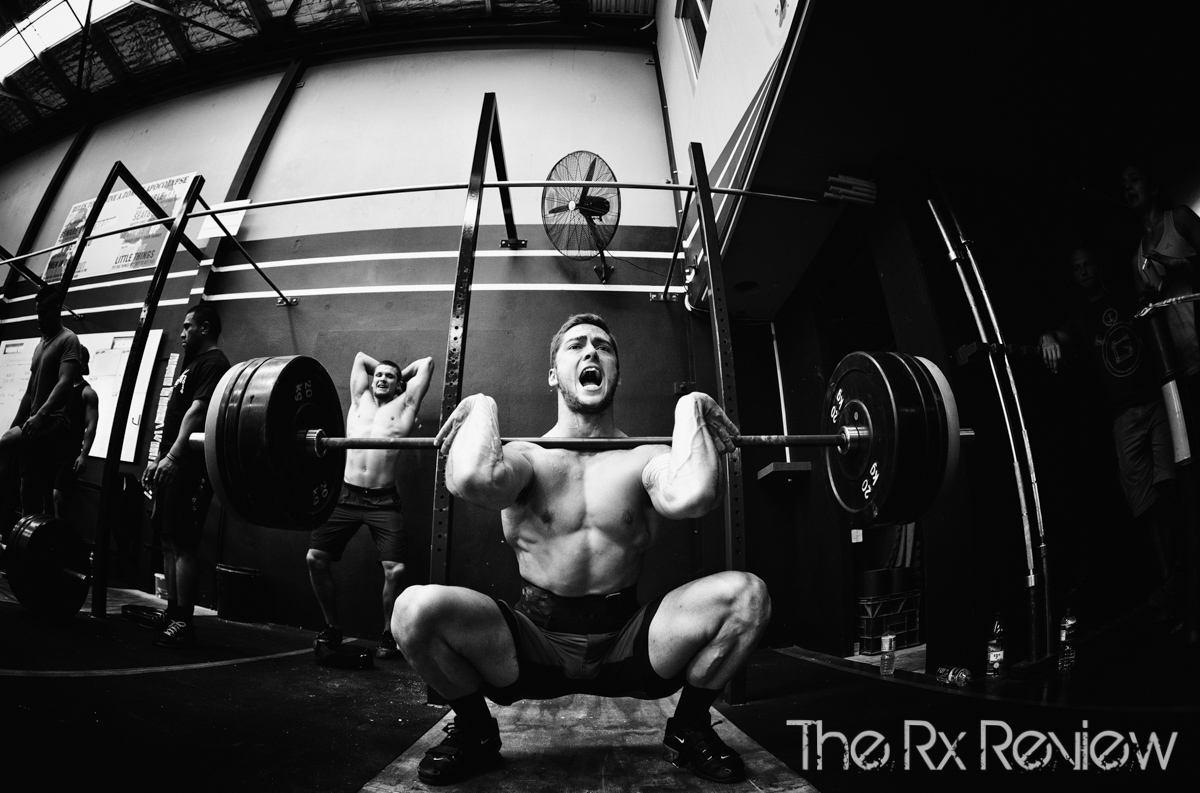
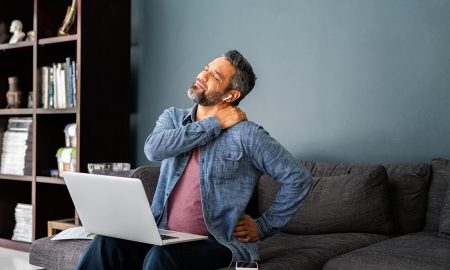
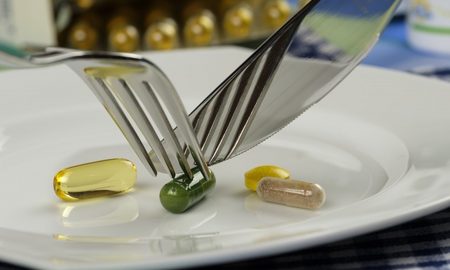
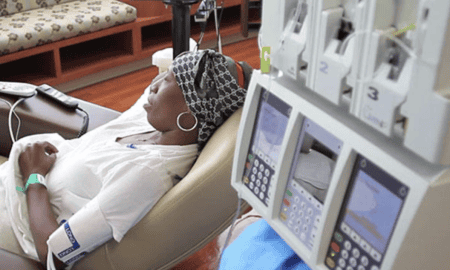

Follow Us